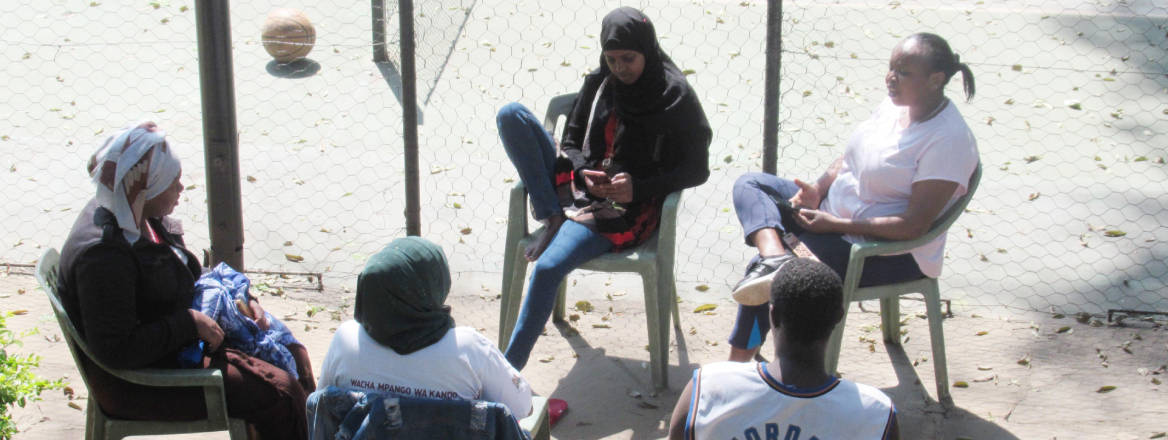This report introduces the lessons learned from the STRIVE II project, which sought to build on achievements and lessons learned during the STRIVE Horn of Africa project. The report also aims to benefit other practitioners and policymakers.
The nature of the threat from violent extremism (VE) in the Horn of Africa, and Kenya specifically, continues to evolve. Since the Strengthening Resilience to Violence and Extremism (STRIVE) II programme started in 2016, the threat remains undiminished. At the same time, some aspects of the response by state, as well as non-state, actors have improved, which continue to influence the tactics by violent extremist organisations. While Al-Shabaab continues to be the primary threat, it is no longer the only threat in the region. The Islamic State, as well as the possible return of Al-Qa’ida in East Africa, is one of the actors that countering violent extremism (CVE) programmes are currently monitoring and seeking to curb. STRIVE II has focused its analysis and programming on the threat posed by Al-Shabaab.
STRIVE II seeks to build on achievements and lessons learned during STRIVE Horn of Africa, which was a pilot programme of the EU’s CVE programmes. This is a lessons learned report written by the STRIVE II programme team for the benefit of other practitioners and policymakers.1
The programme was designed based on this developing picture of the VE threat in Kenya. This report provides reflections and actionable recommendations within the four intervention areas:
- Mentorship to reduce the risk of recruitment and radicalisation for at-risk youth.
- Prevention awareness training for law enforcement.
- Preventive communication to strengthen media and communications responses to VE.
- Research on the interplay between existing conflicts and VE.
The programme objectives included the requirements of contributing and sharing evidence about the interventions to provide recommendations for the future. A separate chapter of the report focuses on monitoring and evaluation, which offers reflections and recommendations for similar interventions with regard to the measurement of effect. While these recommendations emerged from a programme in Kenya, they have relevance for interventions in the Global South, given the structural factors.
The conclusion for this report focuses on reflections around programme management and adaptations carried out by the team to respond to rising concerns, including setting up gender-segregated mentorship teams. The reflections on the management approach are captured in the conclusion as a way of providing food for thought rather than structured lessons learned.
It should be noted that during the last six months of the implementation period, Covid-19 spread in Kenya. This resulted in the cessation of movement in or out of key project locations and a ban on public gatherings throughout the country, rendering in-person activities impossible. In response to the measures prohibiting the planned programme, the project team revised plans and many of the activities described in this report were conducted via online messaging, video conference platforms and voice calls. One of the obvious lessons learned from the coronavirus pandemic is that future risk mitigation plans should consider public health crises that include measures for how the programme can be executed remotely and the inherent risks of such changes in strategy.

